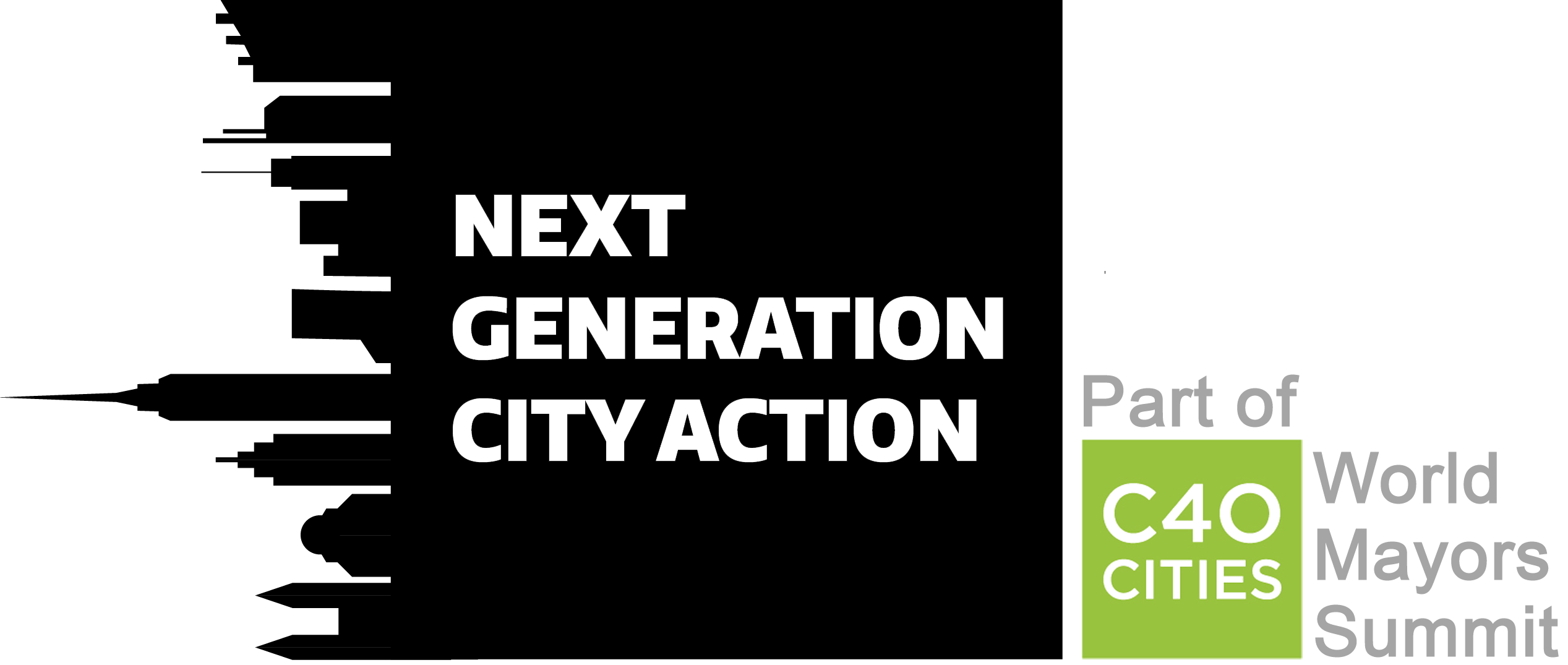About Mecixo City
Mexico City, the capital of Mexico, has a long, rich history and is known for being one of the largest financial centers in the continent and the largest Spanish-speaking city in the world. As of 2016, the population of the city is estimated to be 8.9 million. The metropolitan area, however, is much larger with a population of 21.2 million people, making Mexico City the most populous metropolitan area in the Western Hemisphere. (“World Urbanization Prospects – Population Division – United Nations”, 2019).

The area that Mexico City occupies comes to a total of 1,485 square kilometers (573 square miles). In combination with the growing number of residents, the population density was last measured at 6,000 people living per square kilometer (16,000 residents per square mile). (Connolly, 2019)
Current Conditions
Climatic conditions
Mexico’s climatic conditions include arid, sub-humid and humid zones. Most of Mexico experiences warm weather with some parts experiencing cold temperatures below 12°C. The needs then for heating and cooling can differ, with wealth dictating the demand and type of space conditioning (International Energy Agency, 2013b)
Energy efficiency Challenges
The total emissions in Mexico are 683 million tonCO2 e annually; 22 million tonCO2 e of these emissions are produced in Mexico City. 1,400,000 tonCO2 e are due to activities performed by local public administrations. 71.6% of these emissions come from electricity consumption in buildings and facilities. However, as more and more buildings are added to the capital each year, historical construction codes did not take into account energy efficiency. Mexico City’s objective is to reduce 10 million tonCO2 accumulated from 2014 to 2020. (GIZ, 2019)
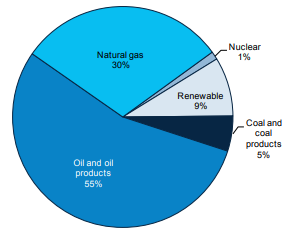
Fossil fuels covers a large percentage of the energy mix, and Mexico as the world’s seventh-largest oil producer, oil is 45% of this. The drop in domestic oil production and change in climate have influenced a policy framework supporting low-carbon development, including a 30% drop by 2020 in annual greenhouse gas (GHG) emissions from the total of the 2006 levels, and a 50% of the 2006 levels as a 2050 goal (International Energy Agency, 2013b).
Energy use linked to buildings accounts for 19% of the total energy consumption in Mexico (Griego, Krarti, & Hernandez-Guerrero, 2015)
The energy efficiency challenge in buildings in Mexico is in lighting, water heating, appliances and cooking, with electricity becoming the prevailing source of energy, with 30% increased levels of total final energy demand in 2010 to a 40% increase in 2050. There’s then a rapid growth in residential buildings of 80% since 1990, reflecting the need for energy efficient services (International Energy Agency, 2013).
The dependency of electrical energy is a consequence from a change in the use of traditional biomass to modern appliances for lighting, water heating, appliances and cooking (International Energy Agency, 2013).
88.6% of CFE’S (Comisión Federal de Electricidad ) electrical supply is channeled to residential buildings, 9.8% to commercial buildings and 1.6% to the industrial, services and agricultural sectors. CFE has an increased rate of 2.9% per year in domestic electricity consumption (APEC Energy Working Group, 2017).
Reasons for energy inefficiency and high carbon emissions:
- Rapid population in Mexico City
- Rapid increase in construction
- Existing building stock dominated by buildings with poor energy efficiency.
- Investors prioritizing high revenue at the lowest possible cost rather than investing in sustainable design.
- Lack of attractive local government incentives and financing options for private sector owners considering upgrading properties
- Lack of transparency in the market place regarding the energy efficiency of individual buildings. Although international building certifications such as LEED are present across Mexico, there is generally little financial incentive to encourage building owners to make the necessary investments for obtaining certification.
Concept Proposal: Circular Economy
The take-make dispose process is a typical occurrence in the built environment. This linear approach has a negative impact on the environment, where after the end of the life cycle, materials are discarded and lost for future use (Circle Economy, Arcadis, & WBCSD, 2018).



The circular economy adopts the efficient use of resources reducing the dependency on non-renewable sources.
Innovation 01: Docking Walls



The docking wall is a wall system comprised of 3 layers:
- Hemp block layer
- Thermo-electric generator circuit
- Docking unit
Hemp block layer
Hemp blocks are made from lime and hemp. The two materials are pressed to form a brick using a cold air process. The connection of loose hemp shives with natural limestone and minerals make the material as hard as stone and resistant to external influences, meaning that buildings will stand for many generations, saving the environment and money.
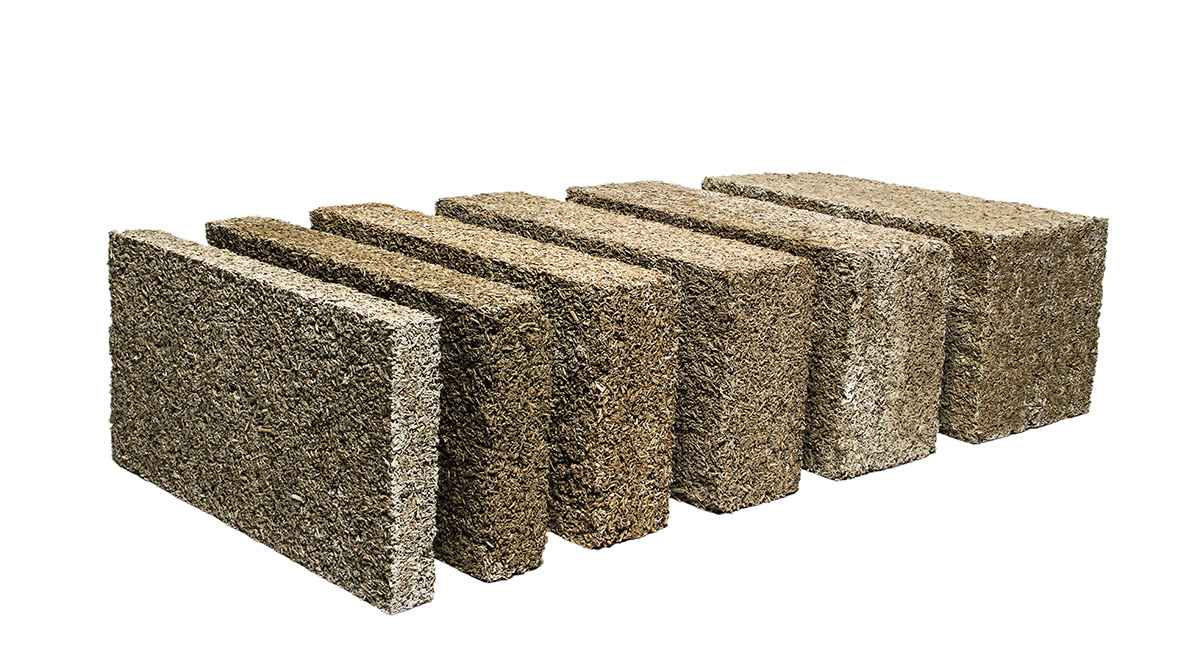
Inherent properties
Thermo-regulation
The hemp block naturally regulates the temperature of the building since it can diffuse accumulated heat. As a real thermal buffer, it maintains a constant indoor temperature and significantly reduces the impact of heat variations between day and night. (Tulum, 2019) It has a generally low thermal Conductivity rating whose range lies between 0.05 -0.20 W/mK.

Indoor Air Quality
Hemp-lime has similar properties to clay with regard to air purification and moisture regulation, ensuring a healthy living environment and clean air. The cycle binds more CO² than it releases, actively saving the environment. It has a positive carbon footprint, since it has a carbon sequestration value of 108kg of CO² per m3. (Hempcrete walls building journal, 2019)
Cost of construction – Building with hemp blocks can cost between $133-259 per m2 wall. (Homes that Hemp Can’t Build, 2012)(Shelter Building Design, 2015)
Thermo-electric generator circuit
This generator banks on the Seebeck effect to generate electricity due to temperature differences from ambient heat. This means it can draw on heat from the solar insolation as well as indoor heat to provide an alternative source of electricity.
Since the hempcrete block layer retains a lot of heat due to its thermal inertia (Komsi, J, 2018), the layer could supplement and amplify the heat the generator would also draw from the surroundings. It has a highly rated thermal Capacity ranging between 1000-1560J/kgK.
The thermal generators are blocks socketed into the hempcrete block layer.
The generator has a heat sink which conducts the cooler ambient air into the device.
Graphene lining which acts as thermal conductor/peltier element draws the heat from this air and transfers it to transducers made up of copper infused with octadene which liquefies and solidifies between 140C to 180C.
As one side of the device gets heated up, energy created from the temperature imbalance is harvested as electricity by the integrated circuits as the mix tries to achieve equilibrium. The thermal conductors can be connected to a docks or sockets through which appliances can be plugged into and run from electricity generated.
Over the next 40 years, energy consumption in Mexico City is expected to grow by as much as 80% in the 6DS. Increasingly, electricity becomes the dominant source of energy in buildings, rising from about 30% of total final energy demand in 2010 to 40% in 2050 (International Energy Agency, 2013).
This therefore provides an eco-friendly way of minimizing this demand for electricity.
Decarbonisation of electricity: An application to residential buildings
Docking wall characteristics and strategies:
- Low carbon energy source: reduced C02 emission levels of 108kg of CO² per m3
- Renewable energy: Thermo-electric generator
- Impactful in a smart grid with the large scale use of docking wall units, where the units regulate voltage fluctuation, shifts some of the electrical dependency to the docking wall units, reducing CO2 emission levels
Energy efficiency
Hempcrete binders are made from building lime (some are pure lime, and some are 70-80% lime), which is produced by burning limestone (an abundant natural resource) in a kiln. Compared to Portland cement (which is produced from building lime with a proportion of other minerals), lime is burnt at a much lower temperature (900oC for lime compared to 1200-1400oC for cement) thus saving energy. The finished, bagged lime also has a much lower density than cement (an 1/8 the weight of concrete. (Woods, 2018), reducing the energy used in its transport, and when it is used on site lime will re-absorb some CO2 from the atmosphere as it sets (the amount of CO2 absorbed varies with the type of lime used). (UK Hempcrete, 2014)
Relevance to energy efficiency through circular economy
Regeneration
The hemp plant grows approx. 50 times faster than wood. Its ready availability of a 4 month growth period, makes it accessible and a better alternative in construction (OzHemp, n.d.) Industrial hemp is a robust and competitive plant that will outgrow weeds. In most cases, this makes production possible without the use of herbicides or pesticide, which makes for an environmentally friendly crop. (Team Mexico, 2019) This makes the system a readily available source of energy which needs little input to extract.
Installed electricity capacity as of 2008 is 75.3% is thermal, 19% hydro, 2.4% nuclear and 3.3% renewable other than with thermal being generated from petroleum-based fuels and a growth in natural gas and coal.
Use of the docking walls thermoelectric generator panels and the footfall harvesters to produce electricity would offload dependence on thermal sources of electricity by at least 10%.
Loop/Optimization
The hempcrete wall blocks can be broken down or used in the following ways should a building be demolished optimizing the end of life of a building material.
- Making durable paper which can be recycled around 7-8 times more than wood-based paper. Hemp paper is more durable and holds its color and texture much longer.
- Water and soil purification whereby the plants can reduce concentration of heavy metals in the ground since they grow through use the same heavy metals to grow through phytoremediation.
Share
The docking wall allows for sharing of electricity by electrical appliances on either side of the wall.
Installing footfall harvesters in circulation spaces and spaces provides surplus electricity for the housing block to be equitably shared off the grid as well.
Innovation 02: Footfall Harvesting
This is the means of harvesting kinetic energy using human footsteps. It is a sustainable energy source for generating electricity without consuming any natural resources. (Shekar, 2019). It utilizes the Piezoelectric effect to generate energy which is the use of crystalline materials such as quartz, whereby when a force is exerted on this material, it undergoes a mechanical strain, which creates equal and opposite charges on each face of the material. These charges can drive a current to generate and store power. (Kumar, 2015). Piezoelectric floor tiles with piezo sensors are utilized to generate this power. Piezo sensors produce electricity when pressure is applied on them and converted into kinetic energy (6 watts per footstep). These sensors are then connected in series and parallel combination and placed in a tile like structure; this tile can be used in any place wherever pressure is applied. The harvested power can be stored in a battery and used for AC or DC loads and also voltage generated by a single tile can be displayed on display devices like LCD located at a different location using zigbee technology for smart analysis. (Sowmyashree, 2015)

Cases of Footfall Harvesting
There are various cases where footfall harvesting is being used within commercial buildings and streets in the world. In Rio de Janeiro, Brazil, 200 tiles were installed in a football pitch providing illumination at the pitch at night. In 2016, along Connecticut Avenue in Washington DC, Pavegen installed tiles that cover an area of 73 square metres where nearly 10,000 people pass through daily. It powers over 4 hours of bench lighting as well as LED lighting along the pavegen footpath. (Image 2) In 2017, Pavegen installed piezoelectric tiles over 10m2 along Bird Street in London, United Kingdom. The tiles generated power that powered speakers and ambient lighting along the street.
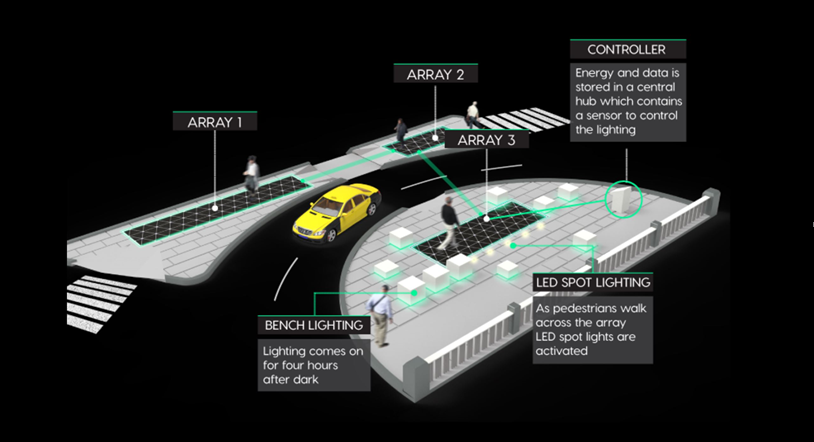
Strengths of Footfall Harvesting.
Footfall harvesting is a means of generating sustainable clean energy as its generated for a clean source (human movement). The process of energy conversion and harvesting emits zero pollutants. It does not require an extra source of energy to power it up and leaves zero hazardous waste as the materials used to make the Piezoelectric floor tiles can be recycled. Five percent of the energy generated goes towards powering the device while ninety-five percent of the energy is stores in a battery for external use. (Elhalwagy, Ghoneem & Elhadidi, 2017).
It also does not rely on uncontrollable factors such as the weather (sun, wind, water) to generate power. Tiles are constructed underneath most surfaces within the city or building and interact with the surrounding environment to generate and transfer power to nearby facilities.
It can be used in commercial buildings that have high human traffic such as malls and high density office blocks or the footpaths within busy streets and public spaces within in Mexico City taking advantage of the high population within Mexico City.
Weaknesses of Footfall Harvesting.
It generates little power within low pedestrian traffic buildings such as within residential spaces. Research on footfall harvesting using Piezoelectric floor tiles within residential buildings with low pedestrian indicates that it can be used to generate low power that can be used to operate LED lighting systems, which use far less energy than more conventional (fluorescent and incandescent) bulbs. The Nano or micro watts generated, can be also be used as a trigger for self-powered sensors that track the users and control all equipment depending on their movement. The power generated is also enough to power wireless data transmitting device like (Wi-Fi, li-fi, Z-Wave, RF, 3G). (Elhalwagy, Ghoneem & Elhadidi, 2017)
Cost. The tiles cost an estimated £20,000 per square meter (£310 per tile) which is quite expensive. Pavegen, the pioneering company of kinetic tiles, is looking to reduce the price to £500 or even £100 in the coming years. (Knowles, 2019)
Financing
Self-help through social practice theory
Integration of this technology in housing can trickle further down into the grassroots through associations which would help local communities procure this innovation. These associations could leverage on Familismo, a cultural construct among latino individuals who have feelings of mutual obligation, reciprocity, and solidarity towards one’s family members) as a unifying factor. These associations would aggregate their savings, lend them out or invest in authorized instruments which in this case can be housing and give them greater bargaining power in the procurement of property when engaging financial institutions.
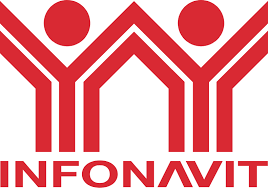
Infonavit (Instituto del Fondo Nacional de la Vivienda para los Trabajadores)
Infonavit would provide for this eco-friendly housing production by contracting more houses are now built by developers to build them and allowing prospective home owners purchase them through a mortgage rather than build them themselves which may prove costly and more time consuming for them.

Sociedad Hipotecaria Federal (SHF)
Since SHF promotes regional financing to develop smart cities, sustainable urban parks and densification of urban centers, prospective home owners and groups of home owners can take interim loans from this bank to support construction of homes integrating this innovation just as the inhabitants ofAltos deTonalá housing complex did.
They can also provide energy efficient mortgage (EEM) can help prospective tenants qualify for a more expensive home if looking for energy efficient homes.

Sustainable Buildings Certification Programme
This offers the owners or tenants of commercial, residential and industrial buildings an opportunity to reduce and demonstrate the environmental impact of their properties across a broad range of categories by evaluating performance from six sustainability areas: energy, water, mobility, solid waste, social and environmental responsibility and green roofs.
As far as energy is concerned, if a building meets more stringent international standards (if taking the case of energy) such as LEED, Energy Star or FIDE (Mexican), it may qualify for an excellence level.
A building may gather up to 25 points are awarded based on a building’s compliance with National Energy Efficiency Standards (Norma Oficial Mexicana – NOM), NOM-14 “Energy efficiency in lighting systems” and NOM-8 “Energy efficiency in non-residential buildings”. (Tokyo Metropolitan Government, (2016))
Certification from this programme can help home owners qualify for tax rebates, savings and credits.
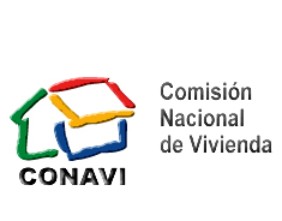
Comision Nacional De Vivienda (CONAVI)
This is the technical arm of SEDATU which prepares the National Housing Program and how subsidies are operated.
The institution may institute 20% tax credit (an amount of money that taxpayers can subtract from taxes owed to their government) to encourage more residents to adopt this strategy.

National Bank of Foreign Trade (BANCOMEXT)
Renewable energy and energy efficiency projects financing

National Infrastructure Fund (FONADIN)
In support of the National Infrastructure program, FONADIN can provide a partnership with the benefit of developing energy efficient buildings (Ministry of Finance Investment, 2009)
Nacional Financiera S.N.C. (NAFIN)
Financing for power and energy generation (Yun, 2017)
Electric Energy Savings Trust Fund (FIDE)
Technical and financial as private trust fund, offering technical and financial support to implement energy efficiency, with a major focus on electricity (Promoting Energy Efficiency, Mexico, n.d.)
The Energy Transition and Sustainable Use of Energy Fund (FOTEASE)
It promotes energy transition, energy savings, clean technologies development and the use of renewable energies
The relevant programs supported by FOTEASE are:
- The initiative for the development of renewable energies in Mexico (APEC Energy Working Group, 2017)
- Renewable energy technologies in distributed electricity generation
Legislative Framework and Incentives
The total greenhouse gas emissions from the city’s buildings comes to a total of 20%. This levels are expected to rise in the coming decades. The aim is to reduce energy use by 30% by 2020, improving the energy efficiency (Layke & Mackres, 2015).
Sustainable Development Goals
The docking wall, borrowing from the concepts of the circular economy, contributes to achieving the following Sustainable Development Goals (SDG’s) (Circle Economy et al., 2018)
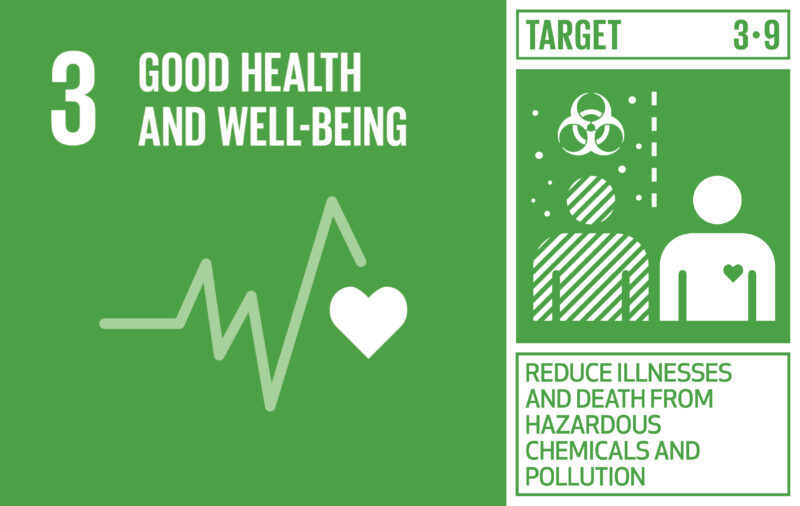
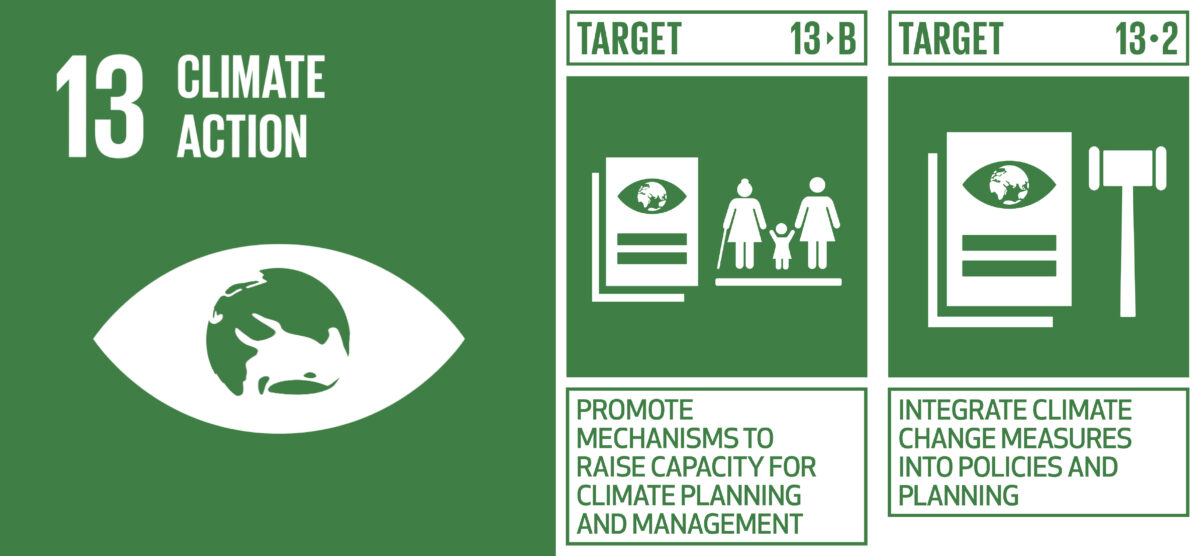

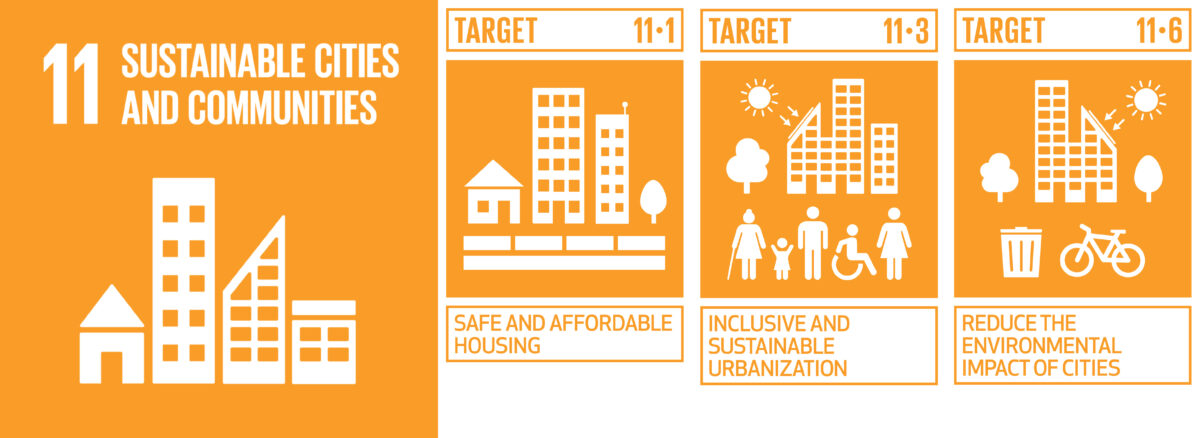

References
- Danielle, G., Krarti, M., & Hernández-Guerrero, A. (2012). Optimization of energy efficiency and thermal comfort measures for residential buildings in Salamanca, Mexico.
- International Energy Agency. (2013b). Transition to Sustainable Buildings: Strategies and Opportunities to 2050
- Tulum (2019, Hemp Technologies Global). Retrieved on 7 September 2019 from https://hemptechglobal.com/page14/styled/page30.html
- Hempcrete walls building journal (2019, Centroplexus projects). Retrieved on 9 September 2019 from http://www.hempcretewalls.com/info
- Homes that Hemp Can’t Build? (2012, John Perritano). Retrieved on 10 September 2019 from https://home.howstuffworks.com/home-improvement/construction/green/hemp-building-material2.htm
- Shelter Building Design (2015, May), Culburra Hemp House. Retrieved on 10 September 2019 from http://culburrahemphouse.blogspot.com/2015/05/hemp-building-costs.html
- Komsi, J. (2018), Thermal Properties of Hempcrete, a Case Study (Bachelor’s thesis). Retrieved on 11 September 2019 from https://www.theseus.fi/bitstream/handle/10024/149515/Komsi_Jere.pdf?sequence=1&isAllowed=y
- Elhalwagy, A., Ghoneem, M., & Elhadidi, M. (2017). Feasibility Study for Using Piezoelectric Energy Harvesting Floor in Buildings’ Interior Spaces. Energy Procedia, 115, 114-126. doi: 10.1016/j.egypro.2017.05.012
- KINETIC FOOTFALL: ENERGY GENERATION. (2019). Retrieved 26 September 2019, from https://medium.com/@rohitgurjar009/kinetic-footfall-energy-generation-e04c67ee4223
- Knowles, K. (2019). The Tesla Of Smart Cities? Pavegen’s On A £5m Mission To Supercharge Your Sidewalks. Retrieved 26 September 2019, from https://www.forbes.com/sites/kittyknowles/2018/03/27/the-tesla-of-smart-cities-inside-pavegens-5m-mission-to-supercharge-your-sidewalks/#4bae59665c00
- Kumar, C. (2015). Energy collection via Piezoelectricity. Journal Of Physics: Conference Series, 662, 012031. doi: 10.1088/1742-6596/662/1/012031
- Shekar, R. (2019). Kinetic Footfall. Retrieved 26 September 2019, from https://www.skyfilabs.com/project-ideas/kinetic-footfall
- Sowmyashree, M. (2015). Power Generation System by using Piezo Sensors for Multiple Applications. International Journal On Recent And Innovation Trends In Computing And Communication, 3(4), 1778-1780. doi: 10.17762/ijritcc2321-8169.150411
- Tokyo Metropolitan Government (2016) Case 4: Mexico City Sustainable Buildings Certification Programme, Urban Efficiency II. Retrieved on 26 September 2019 from http://www.kankyo.metro.tokyo.jp/en/int/c40/c40_pse_r.files/UEII_Chapter3.4_MexicoCity.pdf
- Building your dream home could send you to the hemp dealer (2018, April 20). Retrieved on 26 September 2019 from https://www.cnbc.com/2018/04/20/building-your-dream-home-could-send-you-to-the-hemp-dealer.html
- Layke, J., & Mackres, E. (2015). Building a More Competitive Mexico City Through Energy Efficiency. Retrieved on 26 September 2019 from https://thecityfix.com/blog/competitive-mexico-city-building-efficiency-accelerator-emissions-energy-sustainability-jennifer-layke-eric-mackres/
- ICLEI, World Resources Institute, & WRI Ross Center for Sustainable Cities. (n.d.). An Introduction to the SE4ALL Building Efficiency Accelerator.
- Why building with hempcrete is good for the environment (2014, Aug 3). Retrieved on 26 September 2019 from https://www.ukhempcrete.com/why-building-with-hempcrete-is-good-for-the-environment/
- Mexican Cannabis Laws: Making Way for the Hemp Industry (2019, Aug 21). Retrieved on 26 September 2019 from https://www.bizlatinhub.com/mexican-cannabis-laws-making-way-for-the-hemp-industry/
- GIZ. (2019). Mainstreaming a sustainable energy transition for Public Buildings in Mexico City. Frankfurt. Retrieved on 26 September from https://www.eib.org/attachments/fs-felicity-mexico-city-en.pdf
- Connolly, P. (2019). Mexico City, Mexico.World Urbanization Prospects – Population Division – United Nations. (2019). Retrieved 30 September 2019, from https://population.un.org/wup/
- APEC Energy Working Group. (2017). PEER Review on Energy Efficiency in Mexico.
- Griego, D., Krarti, M., & Hernandez-Guerrero, A. (2015). Energy efficiency optimization of new and existing office buildings in Guanajuato, Mexico. Sustainable Cities and Society.
- International Energy Agency. (2013). Transition to Sustainable Buildings.
- Ministry of Finance Investment. (2009). Public Private Partnerships: Mexican Experience.
- Promoting Energy Efficiency, Mexico. (n.d.).
- Yun, H. (2017). Nacional Financiera S.N.C. Retrieved from https://www.slideshare.net/HangukYunBendez/nacional-financiera-snc-investor-presentationmarch-2017
Team

